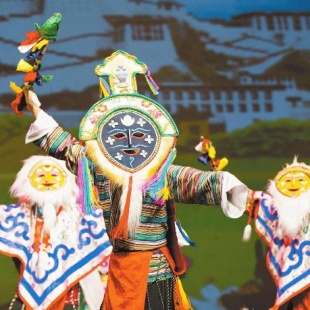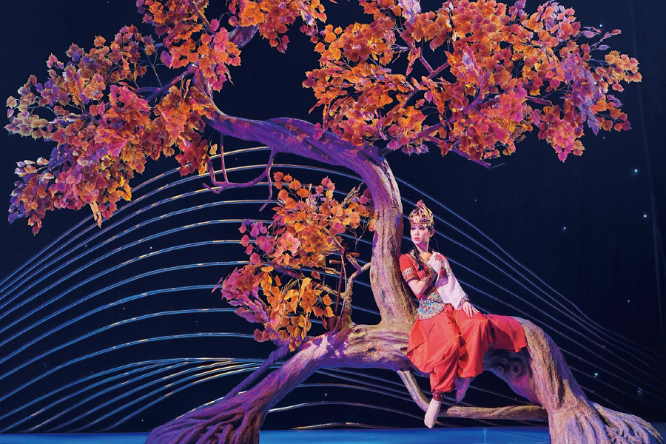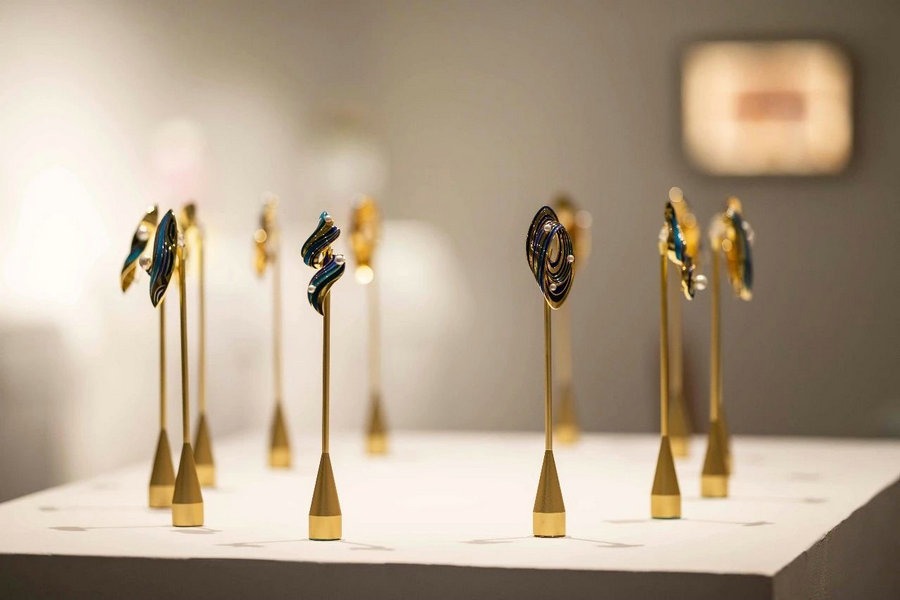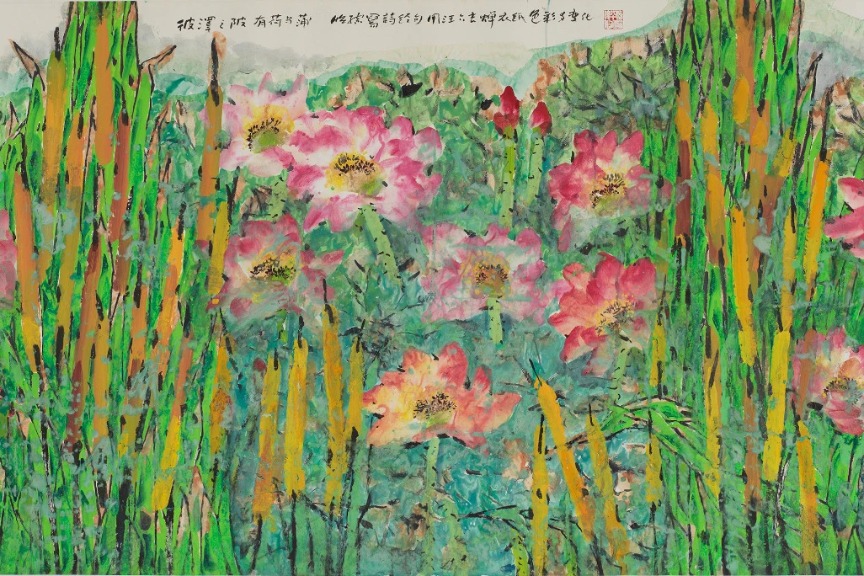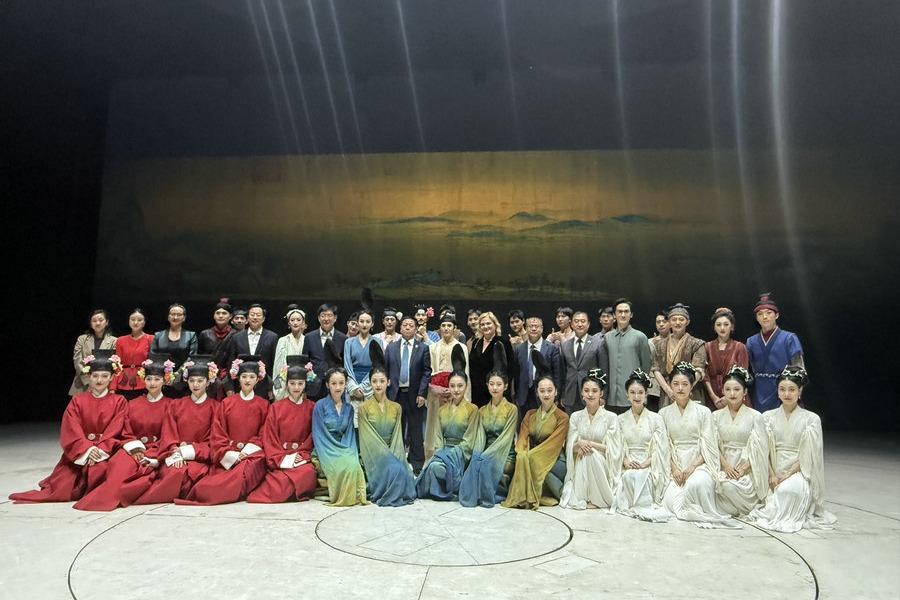New style for Tibetan operas

Tibetan Opera finally had the chance to stun audiences at the China Theatre Festival that closed in Fuzhou, East China's Fujian province in November, 10 years after it was inscribed in the UNESCO intangible cultural heritage list.
"It shows that the value and charm of the ancient art are still relevant, even outside Tibet and among those who don't speak Tibetan," said Bamdien Wangjo, head of the Tibetan opera troupe in southwest China's Tibet autonomous region.
Tibetan opera combines talking, singing, acting, dancing and literature, and has a history of over 600 years. It is regarded as a "living fossil" of Tibetan culture.
Based on folklore, legends and Buddhist classics, traditional plays are usually staged on wheat-threshing floors, pastures and open floors in gardens and forests during the daytime. Without any curtains or lighting, performers wearing masks perform alongside drums and cymbals.
"As time changes, people don't have that much spare time and only succinct and clear plots can attract more people," Bamdien Wangjo said.
His play "The Love of the six-string guitar" is only 2 hours and 10 minutes long. Besides the signatory resounding and vigorous vocals, the audience can also appreciate unique ethnic elements of Tibetan dress and dancing. The number of mask-wearing performers has also been minimized, allowing the audience can see more facial expressions. The stage effects include snowflakes, wind, and vivid garden settings that add more flavor for the audience.
The play tells the story of a Tibetan serf girl and son of a noble family who in love because of a six-string guitar. Their love is doomed due to identity disparity but they manage to spend their twilight years together thanks to the democratic reform that happened in Tibet 60 years ago.
Since its debut in 2016, the play has been staged over 100 times for over 50,000 people.
Despite the declining influence of Tibetan operas, the protection and inheritance of Tibetan operas have been stepped up over the past decades. The government-funded Tibetan opera troupe was established as early as in the 1960s.


